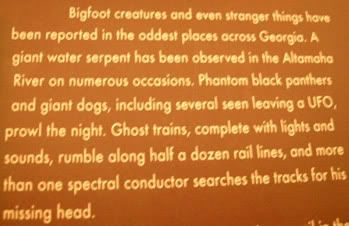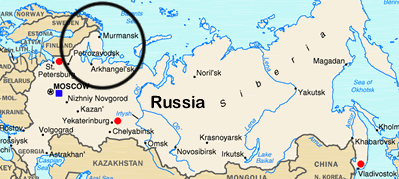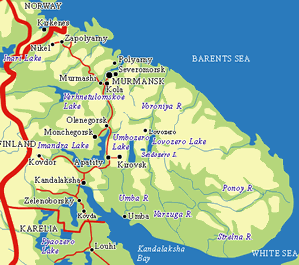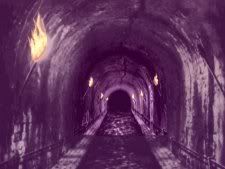My friend Chris was one of the people who commented on my previous post concerning Ayn Rand. I spent a good portion of my time at work today discussing Chris's comment with Gwen, and after mulling it over with her for a while, I decided to respond to it in its own post. Because I know half of you won't bother to search up his comment on your own, so I've copied it for you below:
I am perfectly fine with people living on charity. If buisnesses refuse to pay adequate wages while benifiting from tax breaks and a regressive tax system, while the majority of new improvements and developments come from sales taxes which are hardest on the poorest of Americans, I am perfectly fine with people living on charity. As Melissa would say, why buy the cow when you can get the milk for free. Why work for a company that cares nothing for you and pays you subsistence standard wages, when you can more than subsist on welfare, become a sofa Diva, and get a check sent to you every month. Hell enjoy sex in what ever fashion you want, pop out a few kids, and let the good times roll. I know that sounds a little socalist of me, but haveing seen the social fabric in France and participated within their family unit, its incredible to say the least. In Claire family, we eat every meal together, the parents have time to spend with their children and do, and there seems to be very few social anxiety disorders. I am all about time over money, and if charities or the government can help you achieve that form of lifestyle through higher taxes then I am all for it. Of course, I also believe that it can stifle productivity and drive, and if there is only one truth in this world, French people do not like to work. Well, Claire is a little different, but her buisness is a little different. With that said, French people travel a great deal on their pittance of wages which is more than I can say for Americans. Oh well, there is more to read. And yes, Jane, I do not belueve that Rand would care for your lifestyle, but at least you are following what makes you happy. I used to share an office with a guy who loved both Ayn Rand and Thomas Jefferson and had pictures of both of them posted all over the walls, it was a misserable experience to say the least. Oh well, hope that everything is allright. Christopher.
Oh my. Chris, I'm definitely going to have to disagree with you here. You know that I very much value time over money; however, I don't expect anyone - not my parents, not you, not the US government - to be responsible for funding my free time. I am planning to be unemployed from August 2007 through roughly January 2008, and I will fund this fantastic stretch of free time with money saved from my current salary. I cannot imagine deciding to take six months off from working, simply expecting that someone (or some government entity) would support me.
Certainly there are plenty of cases where individuals merit receiving support in lieu of earning an income via employment; however, simply *wanting* to be provided for should never qualify a person for aid.
What if the masses really were to follow your advice? What if everyone were to cease working and instead spend their days waiting for that government check to arrive? Were that to occur, not only would the government lack the funds to support this massive welfare state (or the people to administer it!), but there would be no domestically produced goods whatsoever. I mean, how could there be, if no people were working? Even if the government resorted to printing plenty of money to distribute to the masses, such currency would be incredibly devalued; it would be devalued to such an extent that it would be useless in international trade. Your state would collapse and your people would starve.
Of course, that is an extreme example; there is no way that the entire population of the United States would simply decide to stop working and seek welfare benefits.
Like I said above, there are certainly cases where people merit government and/or charity support. However, with the exception of those disabled to the extent that self-sufficiency is impossible, I do not believe that any welfare should be long-term or permanent. I personaly believe that the US welfare system needs a major overhaul in order to prevent capable individuals from becoming, as Chris put it, a sofa diva, sitting on the couch, living off the government dime.
As to whether or not Ayn Rand would approve of my lifestyle... well, some of her main tenets, as presented in We The Living, The Fountainhead and Atlas Shrugged are as follows:
~Don't live your life pandering to the expectations of others
~Don't sacrifice your beliefs or morals for either money or social standing
~Be self sufficient
Hmmmm....












